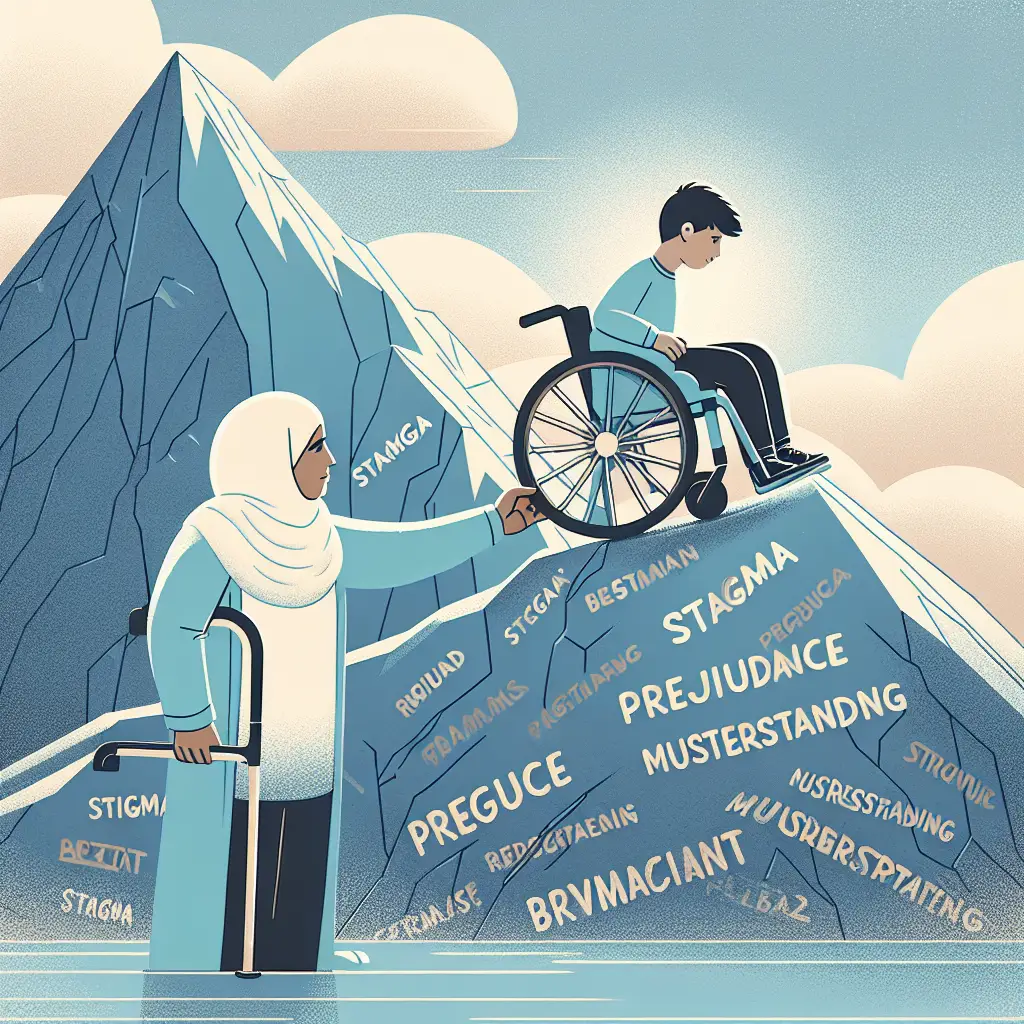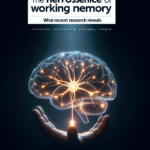
Navigating Stigma as a Parent of a Disabled Child: The Ultimate Guide to Empowerment
Introduction
“Why can’t you just fix them?” This question, often asked with good intentions but lacking understanding, encapsulates the stigma faced by parents of disabled children every day. As you navigate through the complexities of raising a child with disabilities, you may find yourself confronted with societal biases that can feel overwhelming and isolating. In this exploration of Breaking Barriers: Navigating Stigma as a Parent of a Disabled Child, we will delve deep into the challenges and triumphs experienced by these remarkable individuals. By shedding light on the experiences of parents just like you, we aim to not only acknowledge the pain of stigma but also illuminate pathways of support, resilience, and hope.
Understanding the Stigma
The Roots of Stigma
Stigma surrounding disabilities often arises from misinformation, stereotypes, and a lack of understanding. Many people view disabilities through a narrow lens, associating them solely with inability. This perspective can foster fear and avoidance, leading to social exclusion for both disabled individuals and their families. In essence, to truly engage with the topic of Breaking Barriers: Navigating Stigma as a Parent of a Disabled Child, we must first confront the roots of this stigma and recognise its impact on societal perceptions.
Case Study: Emma’s Story
Emma, a mother of a child with autism, faced countless instances of ignorance. At the park, she was often whispered about, and her child was met with awkward glances. Her journey began with emotional turmoil, feeling isolated from other parents who were unable to empathise with her situation. However, through advocacy and community engagement, Emma found her voice. By sharing her story and educating others, she transformed her experience from one of stigma into a platform for awareness.
Analysis: Emma’s experience highlights how personal stories can shift public perception. By owning her narrative, she not only breaks barriers for her child but opens doors for other families facing similar challenges.
The Emotional Toll on Parents
The Weight of Worry
The fear of judgement can loom large over parents of disabled children. Many live under the burden of anxiety stemming from potential stigmatisation, leading to mental health issues such as depression and anxiety. A survey conducted by the National Alliance on Mental Illness found that carers of children with disabilities reported higher levels of stress than their peers.
Coping Mechanisms
Finding effective ways to cope is essential. Many parents turn to support groups, therapy, or mindfulness practices to navigate their emotional landscapes. Creating a support system can not only alleviate feelings of isolation but also foster a sense of belonging.
Case Study: Daniel’s Transformation
Daniel struggled with severe depression, feeling the weight of societal stigma on his shoulders. Through a community support group, he found not only understanding but camaraderie. Sharing his heartache involved opening up about his son’s challenges, which allowed him to gain insight and strategies to cope better.
Analysis: Daniel’s transformation is an example of the power of community. When parents unite, they foster resilience, breaking down the stigma together.
Advocacy and Community Engagement
The Power of Voice
Breaking barriers involves advocacy. You can challenge societal norms that perpetuate stigma by raising awareness and demanding acceptance. Involvement in local or national advocacy groups can amplify your voice and provide essential resources.
Starting Your Own Movement
In many cases, parents have successfully launched campaigns to educate and promote inclusion within their communities. This can be performed through workshops, school presentations, or even social media initiatives.
Case Study: The Inclusion Project
Initiated by a group of parents, The Inclusion Project aims to promote disability awareness in school systems. Through a series of workshops and interactive sessions, they opened dialogues about acceptance and inclusion, fostering a community interwoven with understanding.
Analysis: The Inclusion Project serves as an illustration of grassroots advocacy evolving into instrumental societal change. Such initiatives can flip the dialogue about disability from one focused on stigma to one centred on inclusion.
Empowering Conversations
Educating Others
Educating friends, family, and the broader community can dismantle misconceptions around disability. Sharing facts, personal narratives, and resources helps foster understanding and combat stigma.
Creating Inclusive Spaces
Imagine a world in which every space is inclusive. Parents can take active steps in their communities—working with schools, organisations, and local businesses to create environments that celebrate differences rather than ostracise them.
Tips for Parents
-
- Build Your Support Network: Cultivate connections with other parents who understand your journey.
-
- Educate Yourself and Others: Become a resource about your child’s condition. Knowledge is a powerful tool in combating stigma.
-
- Share Your Story: Personal experiences resonate deeply. Don’t shy away from sharing your journey.
-
- Engage in advocacy: Participate in local and national advocacy efforts.
-
- Celebrate Small Victories: Each step towards acceptance is a victory worth celebrating.
Table of Resources
| Resource | Description |
|---|---|
| National Parent Network | This is a support network for parents of children with disabilities. |
| Disability Rights Education | The website provides information about rights under the ADA and other laws. |
| Local Support Groups | Many communities have support groups for parents of disabled children. |
| Advocacy Organizations | There are organisations like The Arc and NAMI that focus on disability advocacy. |
Conclusion
In conclusion, Breaking Barriers: Navigating Stigma as a Parent of a Disabled Child is a journey filled with challenges, but it also presents abundant opportunities for education, advocacy, and empowerment. By stepping beyond the shadows of stigma, we can not only enhance our children’s lives but also create a more compassionate world.
Your voice matters! Embrace the challenge, become an advocate, and inspire others to break down barriers. Empower your child and yourself, as every step taken can pave the way towards a more inclusive future. Remember, you are not alone in this journey; together, we can change perspectives and overcome stigma—one story at a time.
FAQs Section
In this way, we hope this guide on Breaking Barriers: Navigating Stigma as a Parent of a Disabled Child can support parents on their journey and inspire a global movement towards understanding and acceptance.

















